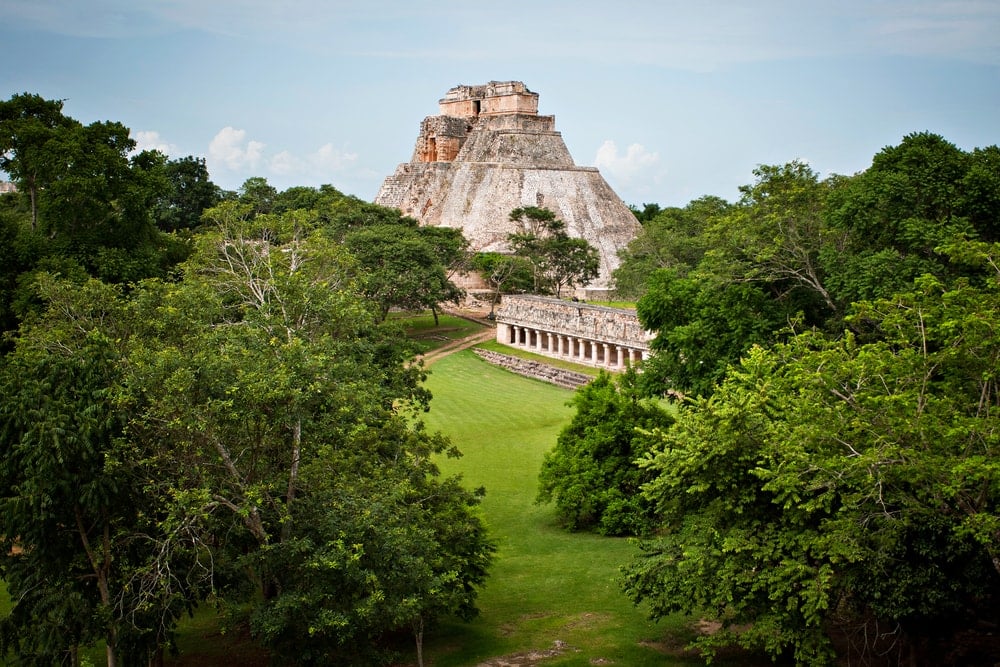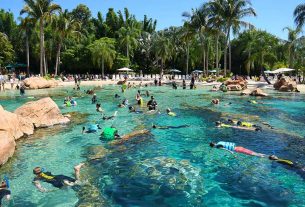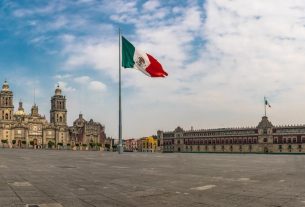Mexico goes far beyond the bustling life of its capital, one of the largest cities on the planet, and the trendy beaches of Cancún. Far from these two great gateways to the country, there are unique villages that seem to have stopped in time and that, between colorful houses and stone alleys, hold the most important thing that Mexico has to offer: its beautiful and diverse culture and ancient traditions.
The “Magic Cities”, or Magic towns, as they are known in Spanish, are locations that have symbolic attributes, legends and history that have made them always present in the Mexican popular imagination. And they still retain cultural authenticity and a certain magic in their folkloric and social manifestations.
The places on the list, maintained by the country’s Tourism Department in order to promote tourism and preserve traditions that are already greatly threatened by globalization, tend to be refuges surrounded by exuberant nature, rich and unique gastronomy and many secrets to be explored. In total, 111 municipalities, spread from the north to the south of the country, have already received the title of Magic Town. You can find the full list here.
Travel insurance for Mexico with 5% discount. Find out how to get
Cholula, Puebla
Pyramid, church and volcano: one of Mexico’s best-known postcards is in Cholula, a small town in the state of Puebla, a day trip away from the country’s capital. Centenary old, but without losing its dynamism thanks to the large university population that fills the streets – and bars – with life, it was classified by the conqueror Hernán Cortés as the most beautiful city outside of Spain, shortly before massacring its unarmed residents, in 1519. Luckily, not everything was destroyed and you can still get a glimpse of what was the second most important city in the region and the “largest monument ever built anywhere, by any civilization, to this day“, according to the BBC.
Read too: The great pyramid of Cholula and the magical village
San Cristobal de las Casas, Chiapas
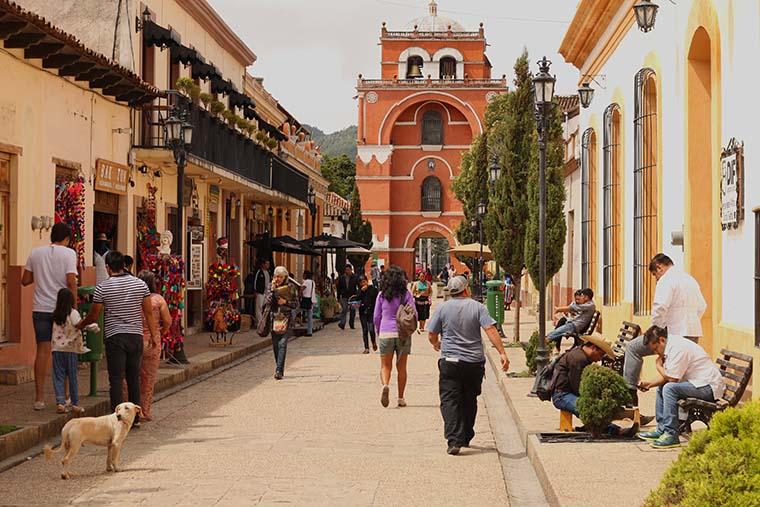
Full of churches, colonial mansions and narrow streets that are often dominated by pedestrians, San Cris, as it prefers to be called, is one of the most iconic magical cities in Mexico. But its richness is not just in the charming architecture, gourmet restaurants and more than 20 churches spread around there. San Cristóbal preserves its Mayan identity through the local indigenous population, who still maintain their traditions, language, clothing and typical crafts. And, while you’re there, how about visiting the towns of Zinacantán and San Juan Chamula to have even closer contact with the culture that has lived there since pre-colonial times?
Read too: San Cristóbal de las Casas, good food and nature in southern Mexico
San Juan Chamula: Mayan rituals in southern Mexico
Palenque, Chiapas
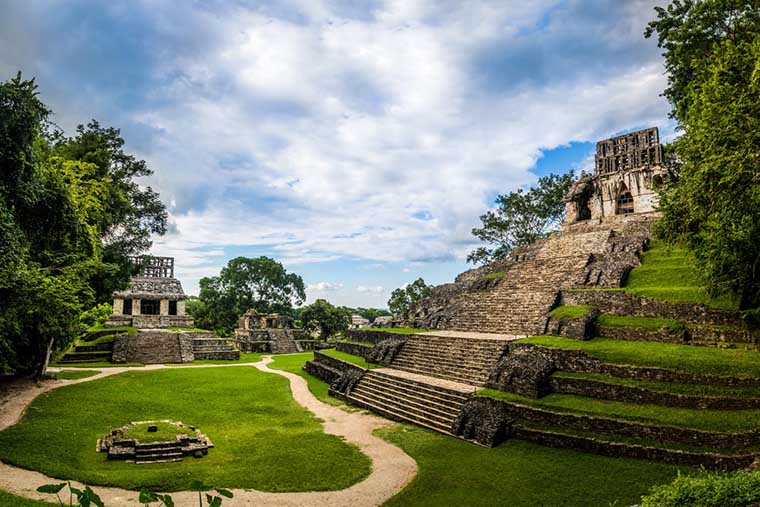
Palenque was the most important center of Mayan culture in the pre-Hispanic period. Today, this story is recorded in the pyramids that form one of the most visited archaeological sites in Mexico. The place is still surrounded by tropical forests that form the Palenque National Park, perfect for hiking and observing animals – such as birds, jaguars, monkeys and other mammals, many of which are only found in that part of the globe.
Comala, Colima
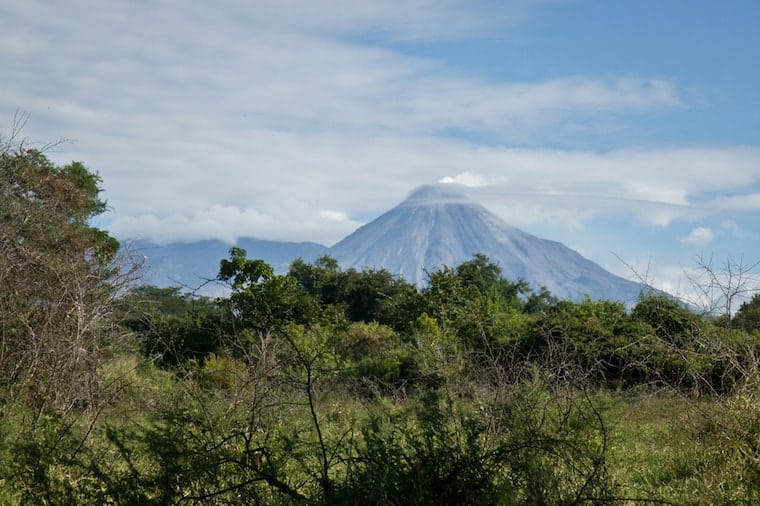
This small colonial city hides the best of Mexican cuisine behind its portals, but it is in its surroundings – in the lakes, fields and mountains – that the magic happens. Comala is the base for exploring the Colima volcano, the most active in Mexico. This natural beauty can be seen from several nearby towns, especially from Fazenda de San Antonio, on the border with Jalisco.
Tulum, Quintana Roo
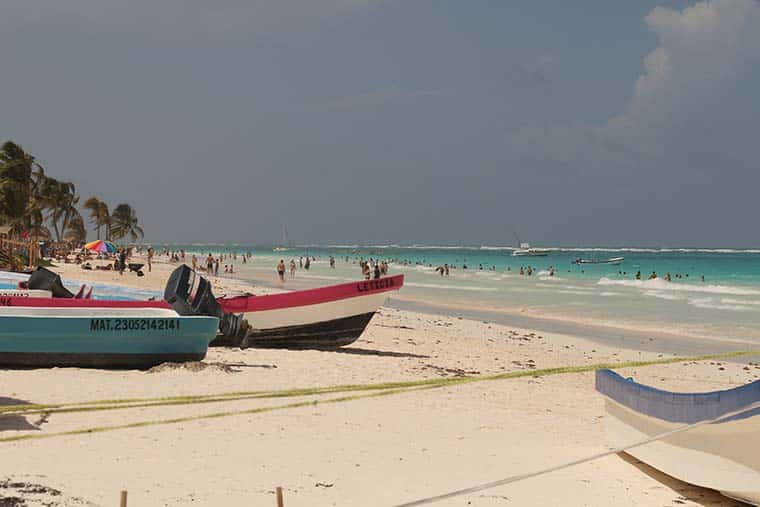
Tulum brings together everything that many people look for in a vacation destination: beaches with Caribbean blue water and white sand, several opportunities for ecotourism, water and adventure sports and a rich history behind it, represented by the ancient structures that have survived to time and achievements, at the archaeological site of Tulum.
Read too: 15-day itinerary through Mexico
Real de Catorce, San Luis de Potosí
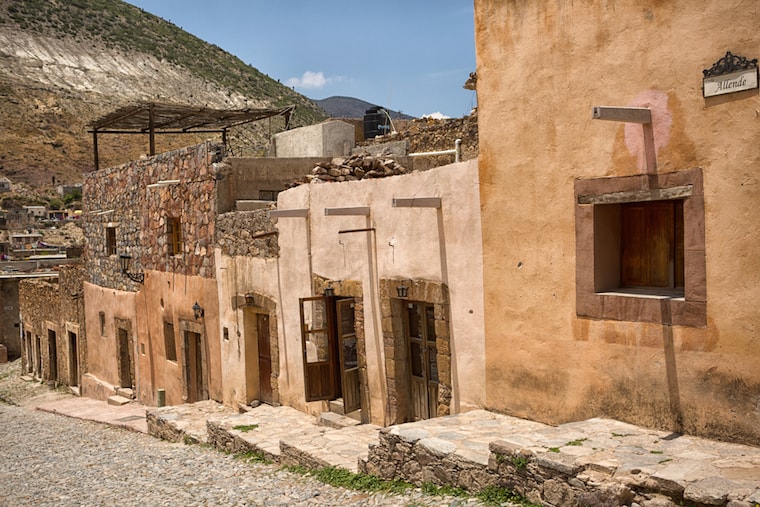
One day, this peculiar town was called “Real de Minas de la Limpia Concepción de los Álamos de Catorce”. An important mining center in the 18th century, it still preserves in its streets of various shades of brown the memory of the times of prosperity that came and went with the mines. Don’t forget to pay a visit to Pueblo Fantasma, a place with abandoned buildings in the middle of the desert.
Huasca of Ocampo, Nobleman
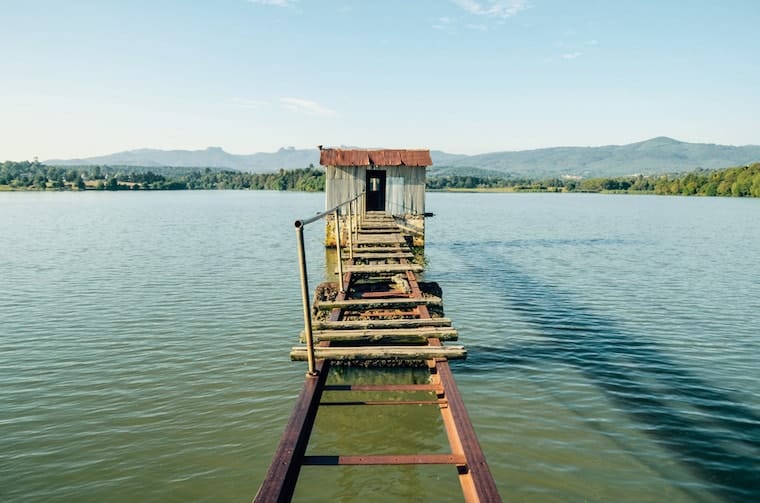
In Nahuatl, Huascazaloyam means “place of birds, water, vegetation and joy”. The place is surrounded by natural wonders and has a rich folklore of enchanted beings that inhabit the woods and the imagination of the residents, in a literal interpretation of what it means to be a Magic Town. Among the most visited beauties are the Baltic cousins, waterfalls with geometric-shaped stones in the San Antonio dam.
Bacalar, Quintana Roo
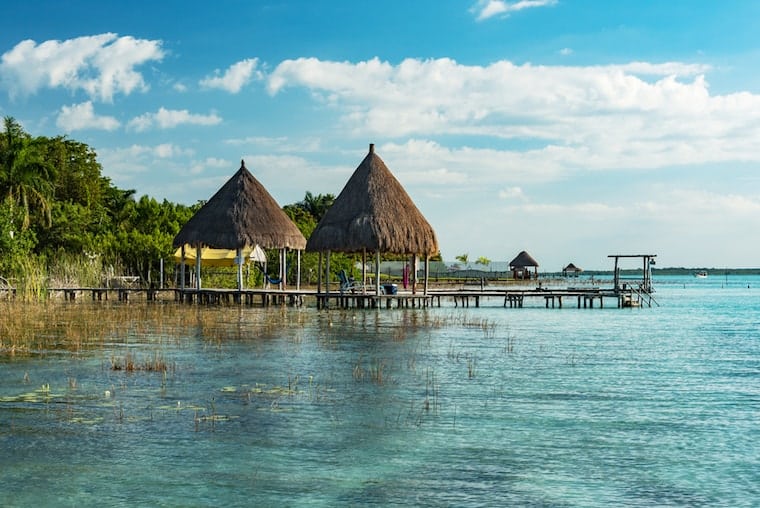
Just the combo of blue water and straw huts should be enough to add the magical adjective to any destination, but Bacalar adds to this stories of pirate invasions, battles on the Fuerte de San Felipe and heritage of Mayan culture, giving the term a whole new sense.
Mazunte, Oaxaca
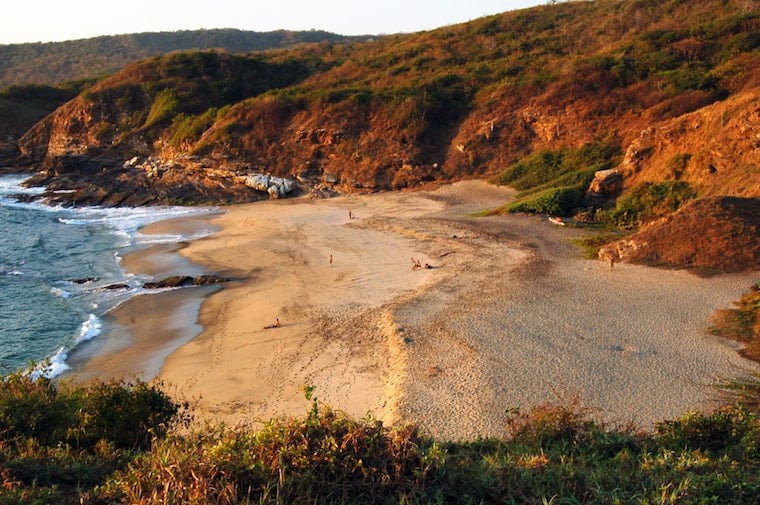
On the other side of the country, on the Pacific coast, is Mazunte, whose magic lives in the sea turtles that arrive each year to lay their eggs there. After they were almost extinct there, the place became a reference in the preservation of the species. Add to this a virgin forest and a sunset that colors the Pacific orange every evening.
Read too: Puerto Escondido, a surfing paradise on Mexico’s Pacific coast
Cuetzalan, Puebla
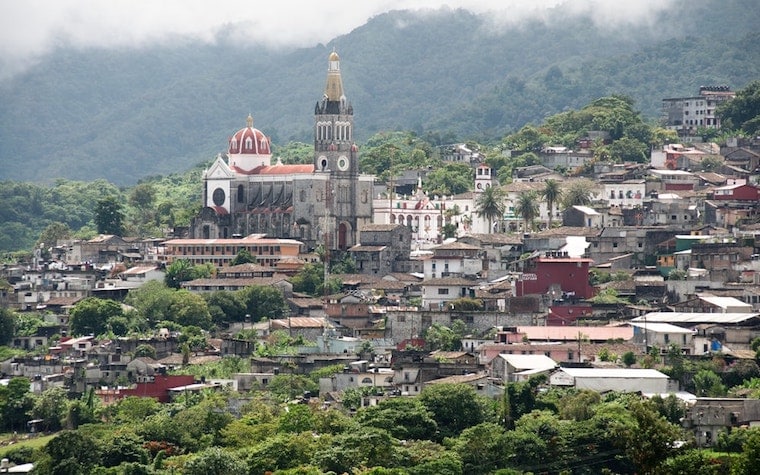
Cuetzalan is nestled high in the mountains and in the middle of abundant jungles, fertile valleys, waterfalls and trails home to fantastic animals from popular folklore, mysterious caves and wells of crystal clear water. Its serpent-shaped streets lead to the top of the hills from where you can see the colonial stone mansions. This is also a good place to enjoy the magical dance of the flyers directly from one of the hearts of the Totonaca people.
Read too: The magical dance of the Papantla flyers
Fotos: Shutterstock
Sign up for our newsletter

Sign up for our newsletter and stay up to date with exclusive news
that can transform your routine!
Warning: Undefined array key "title" in /home/storelat/public_html/wp-content/plugins/link-whisper-premium/templates/frontend/related-posts.php on line 12
Warning: Undefined array key "title_tag" in /home/storelat/public_html/wp-content/plugins/link-whisper-premium/templates/frontend/related-posts.php on line 13

